Venture beyond the beaten path and discover America’s hidden natural wonders! National parks are vast, protected landscapes, home to the country’s most awe-inspiring natural beauty. They represent the spirit of wilderness and adventure.
In 2023, the National Park Service recorded over 325 million visits to various parks, with popular destinations like the Great Smoky Mountains drawing millions. Yet, there are hidden gems with far fewer visitors, such as Gates of the Arctic National Park with just over 11,000 visits.
These under-the-radar locations provide a tranquil escape and an opportunity to intimately connect with nature. While tourist numbers are increasing overall, these lesser-known parks remain relatively undiscovered, making them perfect for those seeking a more secluded experience.
Least-visited National Parks
Gates of the Arctic National Park and Preserve, Alaska
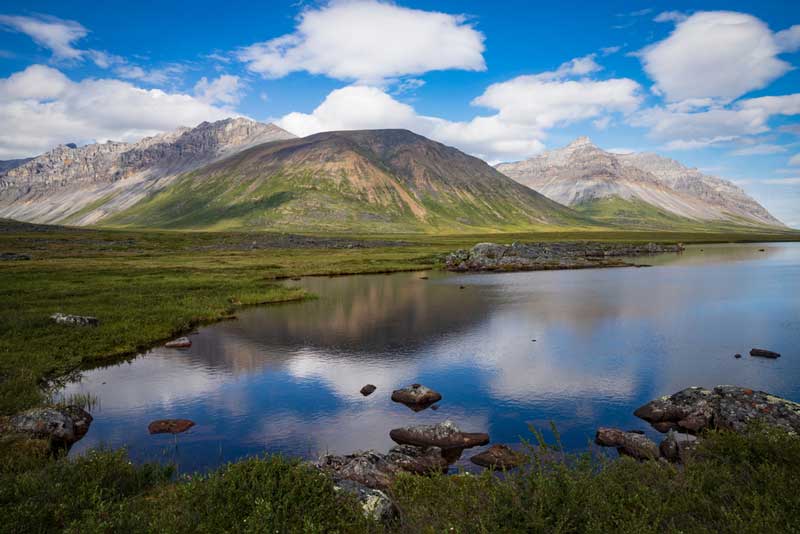
Gates of the Arctic National Park and Preserve
Spanning over 8 million acres in Alaska’s central Brooks Range, Gates of the Arctic National Park and Preserve is a vast wilderness without roads, trails, or established campsites.
It’s a place where caribou roam and the Northern Lights dance across winter skies. With six Wild and Scenic Rivers, including the Alatna and Kobuk Rivers, it’s a paradise for those seeking solitude and unspoiled nature.
However, prepare to be self-reliant. There are no amenities or services, and cell phone service is nonexistent. Visitors must possess strong wilderness skills and be prepared for self-extraction in emergencies.
When planning a visit, reading guides on backcountry trip planning and river crossing is essential. Satellite phones are recommended for communication, and bear safety precautions are a must.
For those not keen on an extreme wilderness adventure, local air taxis offer flight-seeing trips, fishing expeditions, and remote campouts. Remember, leave no trace to preserve this pristine environment for future generations.
Denali National Park and Preserve, Alaska
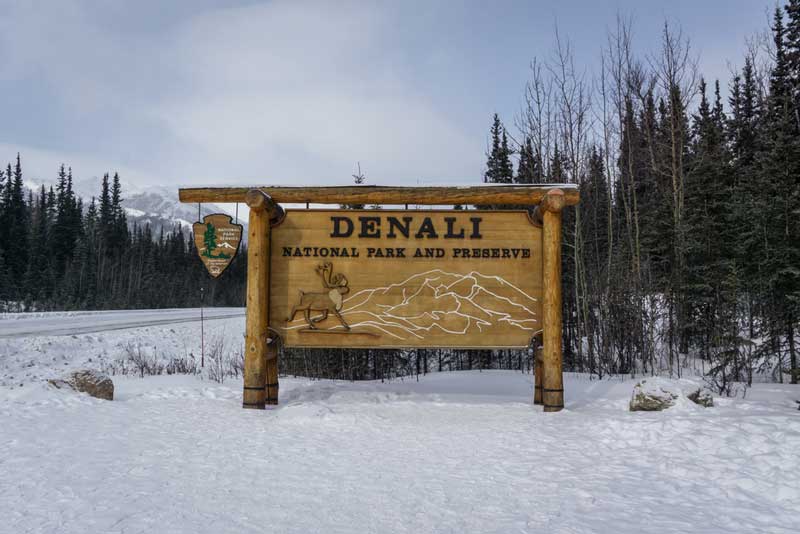
Denali National Park and Preserve
Denali National Park and Preserve is more than just its towering peak. Encompassing six million acres, the park invites visitors to explore its diverse terrain, from low-elevation taiga forests to high alpine tundra, culminating in North America’s tallest peak, Denali.
Wildlife enthusiasts have excellent opportunities for sightings, with narrated bus tours providing some of the best chances. The park has relatively few designated trails, but hikes like the Horseshoe Lake Trail and the Savage River Trail are popular.
For a more rugged adventure, backcountry hiking is a highlight, offering a true wilderness experience in Alaska. Biking enthusiasts can challenge themselves on the Denali Park Road, and adventure tours, including flightseeing, offer unique perspectives of the park.
North Cascades National Park, Washington
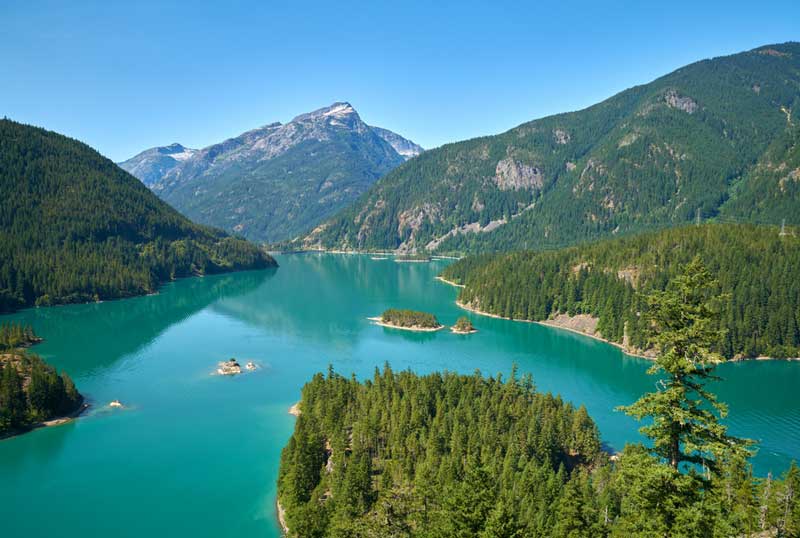
North Cascades National Park
In the majestic North Cascades National Park, less than three hours from Seattle, an alpine wonderland awaits. This park, known as the “American Alps,” captivates with over 300 glaciers adorning jagged peaks.
The landscape changes from moist western regions to fire-prone eastern areas, offering a diverse ecological experience. Hiking here is a must, with trails leading through lush evergreen forests and breathtaking vistas at every turn.
Key sights include the Cascade Pass and Sahale Arm, where ancient history meets stunning scenery, tracing back to Paleo-Indians who ventured into these mountains 10,000 years ago.
The park’s complex includes the Ross Lake National Recreational Area and Lake Chelan, with the remote Stehekin accessible by boat or plane. For the full experience, staying overnight at Ross Lake Resort or camping at Diablo Lake is recommended, offering a serene way to connect with this unspoiled wilderness.
Remember, North Cascades National Park is a year-round destination but visiting in summer offers the most access, including to the iconic North Cascades Highway and the Cascade River Road.
Congaree National Park, South Carolina
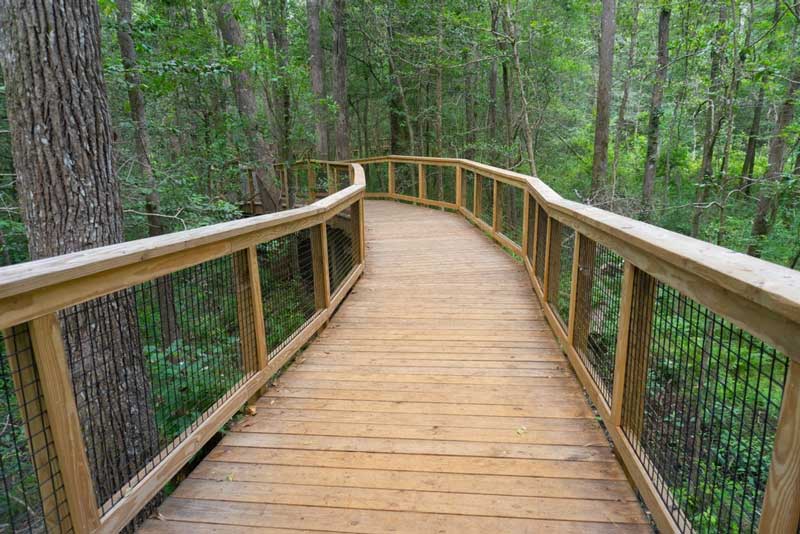
Agnes Vaille Falls
Congaree National Park in South Carolina boasts the largest intact expanse of old-growth bottomland hardwood forest in the southeastern United States. It’s known for its towering trees, diverse plant and animal life, and the Congaree River.
The park offers a range of activities, including hiking, canoeing, and bird watching. The Boardwalk Loop Trail is a popular walk, giving visitors a chance to experience the majestic forest and its diverse ecosystem.
Congaree is also a prime location for birdwatchers, with a plethora of bird species inhabiting the park. For those interested in the night sky, the park often hosts night sky viewing events, offering a unique perspective on this natural sanctuary.
Voyageurs National Park, Minnesota
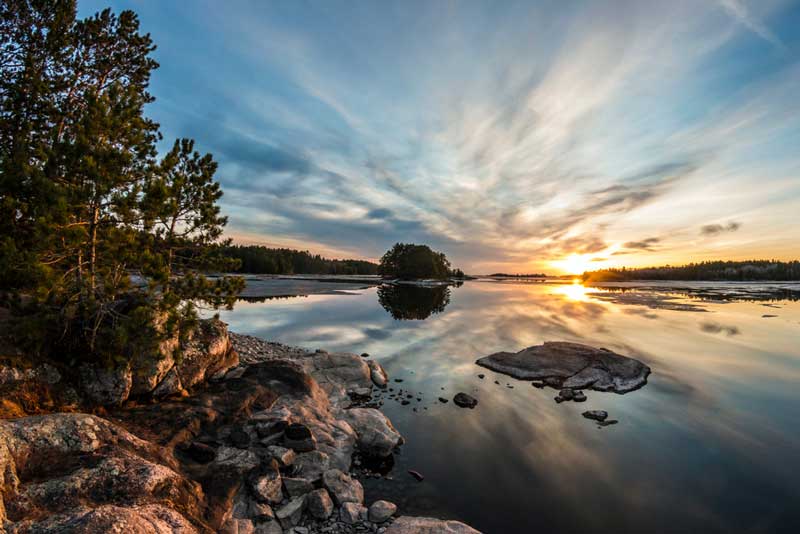
Voyageurs National Park
Voyageurs National Park, located in Minnesota, is a water-based park where you can explore its beauty by boat, canoe, or kayak. The park is known for its interconnected waterways, lush forests, and stunning scenery.
It offers excellent opportunities for fishing, wildlife watching, and stargazing. With numerous lakes, including Rainy Lake and Kabetogama Lake, visitors can enjoy the serene environment while engaging in various water activities.
The park also has several hiking trails and winter activities like snowshoeing and ice fishing. Voyageurs is a haven for those who love outdoor adventures in a pristine natural setting.
Lake Clark National Park and Preserve, Alaska
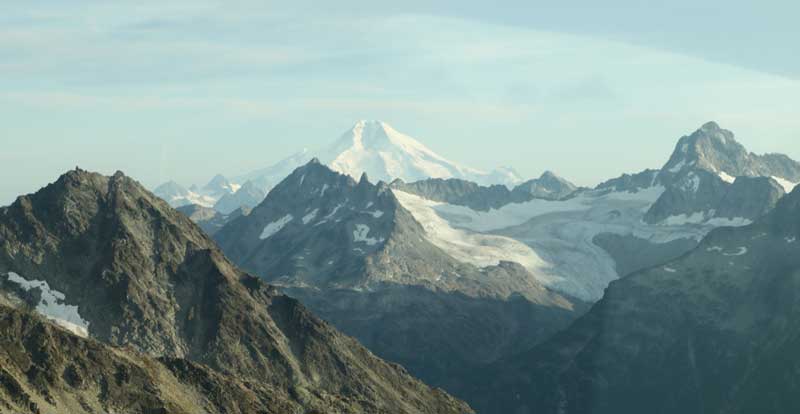
Lake Clark National Park and Preserve
Lake Clark National Park and Preserve is a stunning showcase of Alaska’s natural beauty, combining vibrant coastlines, majestic mountains, and volcanic landscapes. This park is more than just a scenic wonder; it’s a cultural treasure, offering insights into the Dena’ina Athabascan culture.
Lake Clark, accessible only by plane or boat, promises a truly remote wilderness experience. Whether you’re interested in hiking, fishing, wildlife watching, or just soaking in the jaw-dropping scenery, this park has it all.
Visitors can explore the park’s diverse ecosystems, which include turquoise lakes, active volcanoes, and sprawling tundra. Wildlife abounds here, with opportunities to see brown bears, moose, and a myriad of bird species.
For a complete experience, visitors can immerse themselves in both adventure and culture, perhaps staying at a backcountry lodge or even participating in a traditional subsistence lifestyle. This is the place for those who crave an intimate connection with the wild and a chance to understand the land’s cultural significance.
Kobuk Valley National Park, Alaska
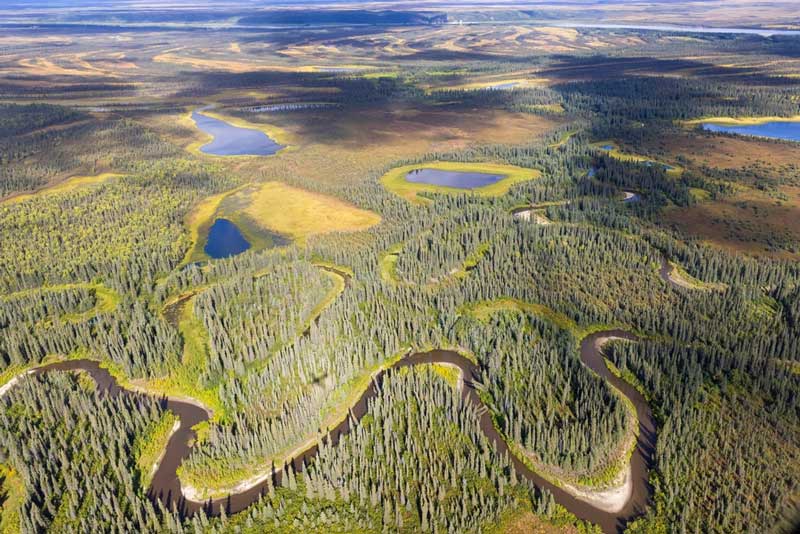
Agnes Vaille Falls
Kobuk Valley National Park, located in northwest Alaska, is a land of contrasts and unique natural phenomena. The park is home to the Great Kobuk Sand Dunes, a striking landscape that feels more Saharan than Arctic.
It’s also a vital area for caribou migration, with tens of thousands of animals crossing the park annually. Kobuk Valley doesn’t have roads or trails, making it a true wilderness experience.
Access to the park is typically by air, with air taxis providing transport from nearby towns. The park’s remote nature means visitors must be self-sufficient and prepared for the rugged conditions.
Camping under the midnight sun, fishing in the pristine Kobuk River, and watching the awe-inspiring caribou migration are just a few of the unforgettable experiences waiting in this remarkable Arctic wilderness. Remember to respect the delicate ecosystems and follow leave-no-trace principles to preserve the park’s pristine beauty.
Great Basin National Park, Nevada
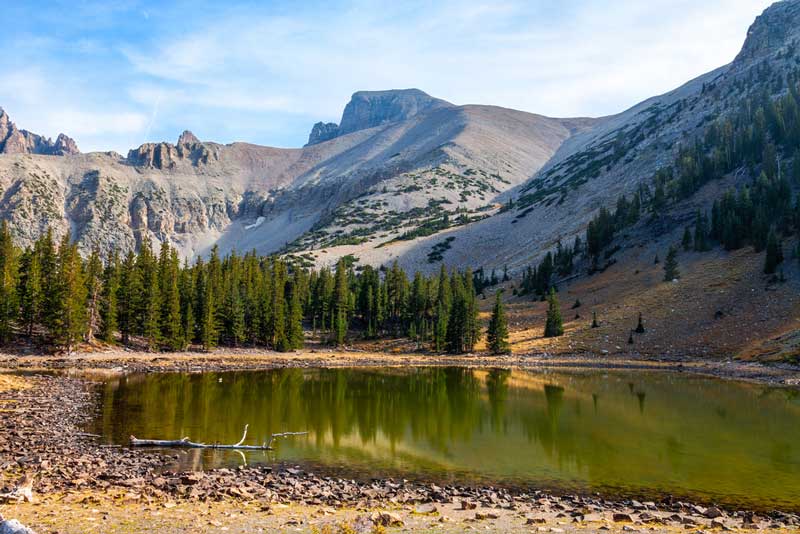
Great Basin National Park
Great Basin National Park in Nevada is a hidden gem known for its ancient bristlecone pines, stunning cave systems, and clear night skies perfect for stargazing. The park’s diverse ecosystem ranges from sagebrush flats to the 13,063-foot summit of Wheeler Peak.
It offers a variety of recreational activities including hiking, camping, and exploring the Lehman Caves. The park is also home to the Lexington Arch, a rare limestone natural arch.
Despite its remote location, Great Basin provides a serene and introspective experience for visitors looking to immerse themselves in nature’s quiet beauty.
Guadalupe Mountains National Park, Texas
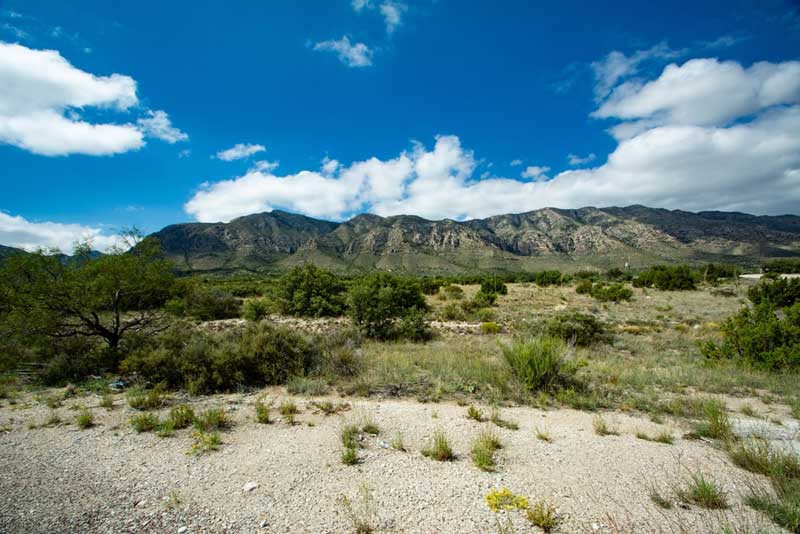
Agnes Vaille Falls
Guadalupe Mountains National Park in Texas is home to the four highest peaks in the state, including Guadalupe Peak, the highest point in Texas. This park offers a range of hiking trails for all skill levels, showcasing its diverse landscape from rugged canyons to lush woodlands.
It’s an ideal destination for hikers, backpackers, and bird watchers. The park also features the beautiful McKittrick Canyon, renowned for its stunning fall foliage.
For those interested in geology, the park’s ancient marine fossil reef offers a unique glimpse into the past. With its remote location, Guadalupe Mountains National Park provides a tranquil retreat for nature lovers and outdoor enthusiasts.
Katmai National Park and Preserve, Alaska
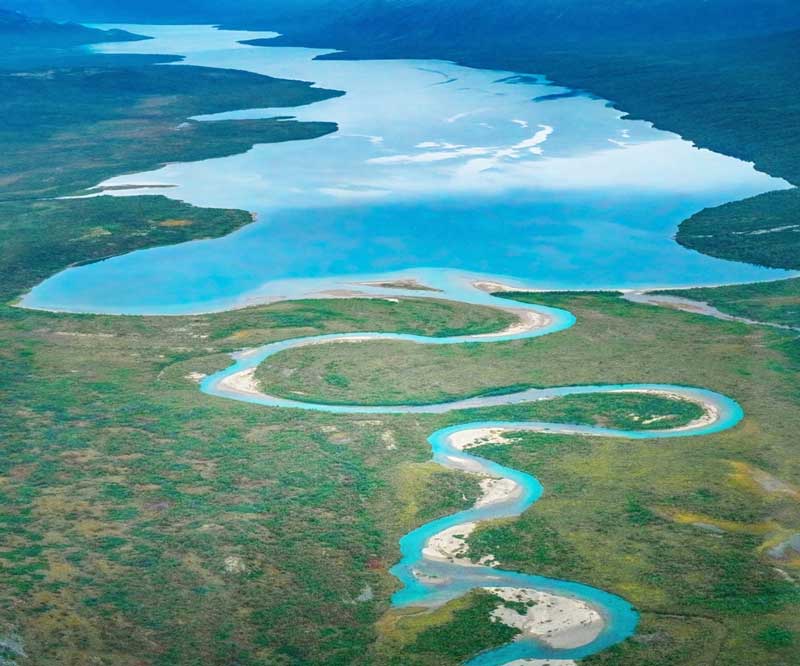
Katmai National Park and Preserve
Katmai National Park and Preserve in Alaska is a realm where wilderness reigns. Famous for the Valley of Ten Thousand Smokes, a result of the 1912 Novarupta eruption, and the Brooks River where brown bears famously fish for salmon, Katmai offers a raw and unfiltered view of nature.
Accessible primarily by boat or plane, it provides an off-the-grid experience like no other. The park spans over 4 million acres, featuring landscapes shaped by volcanic activity and glaciers. Wildlife enthusiasts have a high chance of encountering brown bears, especially at Brooks Camp, a popular spot for bear viewing.
Besides bear watching, Katmai also invites visitors to fish in its pristine waters, explore archaeological sites, or kayak along its rugged coastline.
For those looking to delve deeper, overnight camping or staying at the Brooks Lodge offers a chance to fully immerse in this spectacular wilderness. Katmai is not just a park; it’s an adventure that brings you face-to-face with the raw power and beauty of nature.
National Park of American Samoa
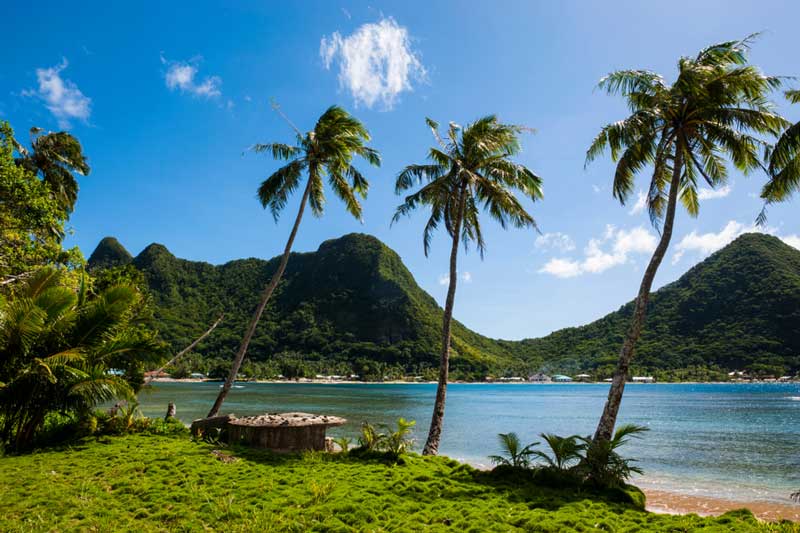
National Park of American
Embark on a unique adventure to the National Park of American Samoa, spread across three islands. This park offers a diverse experience combining tropical rainforests, volcanic landscapes, and vibrant coral reefs.
It’s a place where Samoan culture intertwines with nature, offering visitors a chance to learn about the local way of life that’s in harmony with the environment. The park, reachable by flight from Samoa, invites you to explore its lush trails, snorkel in its clear waters, or simply relax on its pristine beaches.
Here, you can witness flying foxes, colorful parrotfish, and even humpback whales during their migration season. Accommodations vary from homestays in local villages to more traditional lodging, allowing an immersive cultural experience.
The park’s visitor center, located in the village of Pago Pago, is a great starting point for information and guidance on exploring the park responsibly and respectfully.
Glacier Bay National Park and Preserve, Alaska
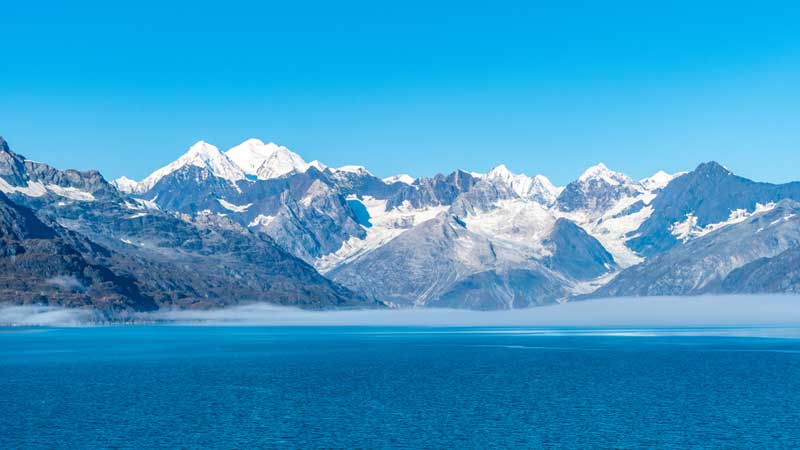
Glacier Bay National Park and Preserve
In Southeast Alaska, Glacier Bay National Park and Preserve is a spectacular 3.3 million-acre wilderness area. The park is known for its majestic glaciers, rugged mountains, temperate rainforests, and diverse wildlife.
It’s a part of a 25-million-acre World Heritage Site, offering endless adventure and inspiration. The area holds significant cultural history, especially for the Huna Tlingit. Visitors can learn about this heritage at the Xunaa Shuká Hít – the Huna Tribal House.
The park’s geological history is marked by a rapid glacial retreat, dramatically altering its landscape over the years. Facilities in Glacier Bay include Bartlett Cove, where you’ll find a campground, a lodge, and the only maintained hiking trails in the park.
The park is accessible mainly by cruise ships or air and passenger ferry to the nearby town of Gustavus.
Final Thoughts
Exploring the least-visited national parks offers a unique opportunity to experience untouched natural beauty and solitude. From the rugged wilderness of Alaska’s Gates of the Arctic to the serene waters of Voyageurs in Minnesota, each park boasts its own unique allure.
These hidden gems provide unparalleled experiences for nature lovers. They serve as reminders of the vast and diverse landscapes our planet offers, often away from the crowds. Embarking on these treks not only fuels the spirit of adventure but also deepens our connection with the natural world.
